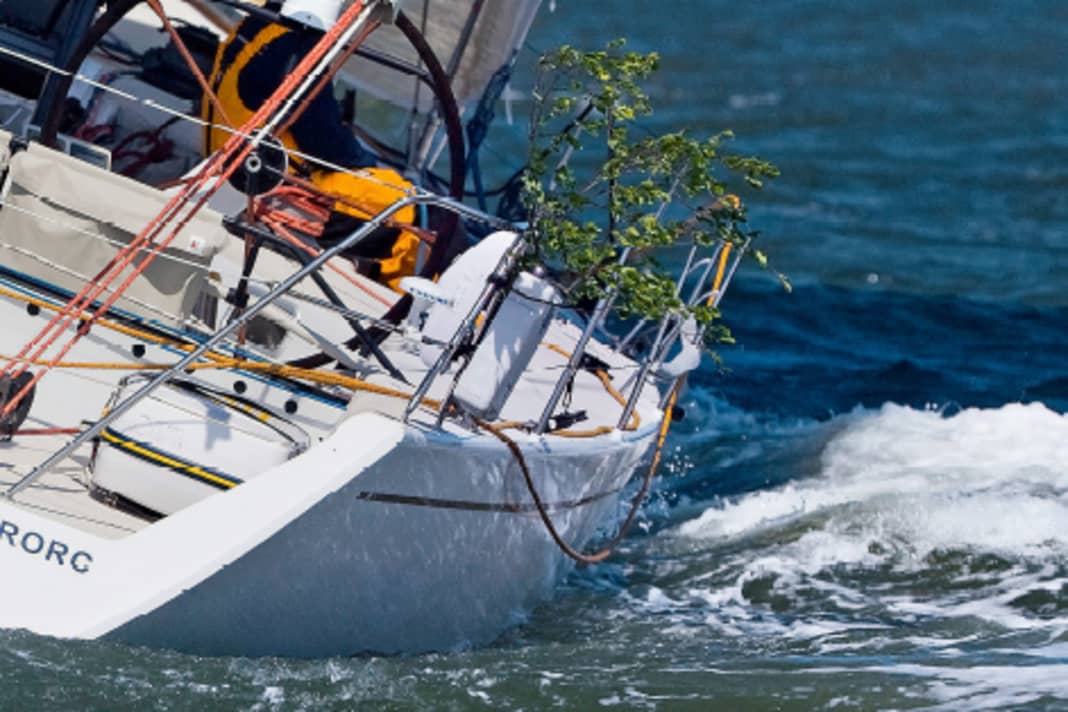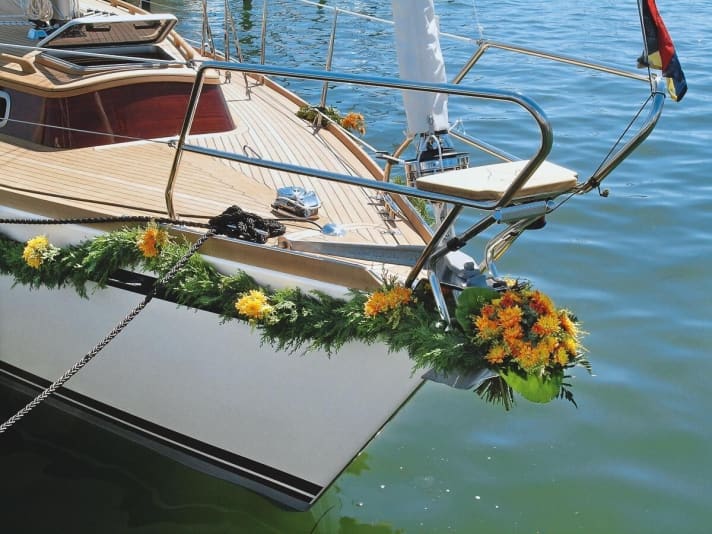





The exact origins of the Pentecost bush custom cannot be clearly traced back. However, it is thought to go back to ancient pagan fertility rituals in which trees and branches were seen as symbols of new life and growth. With Christianisation, many of these customs were integrated into the Christian festival calendar. The Pentecost bush, for example, probably developed from a fusion of pagan spring customs and Christian Pentecost traditions. Over time, the custom was taken up by sailors and integrated into maritime culture. For ship crews, the green branch in the rig symbolised a new beginning after winter and the start of the new sailing season. It also served as a lucky charm and was intended to protect the ships from dangers at sea.
Some sailors also see the birch branch as a connection to nature and the elements with which they are in close contact at sea.
Birch twigs should be taken
The Whitsun bush is traditionally tied from birch branches. Birch branches are used because this tree is one of the first to green up after winter, signalling the arrival of spring. Sometimes it is also decorated with colourful ribbons, flowers and eggs, but this should only be done on land.
Do not use flowers!
On board, the branches should be used pure, i.e. without any decorative accessories, and certainly not with flowers woven into them. Flowers on board are traditionally considered bad luck in seafaring.
As flowers are often used at funerals, sailors associate them with death and mourning. This association led to flowers being seen as a bad omen for an upcoming voyage. In times when seafaring was far more dangerous than it is today, sailors tried to avoid anything that could bring misfortune.
Another interpretation of this superstition is that flowers are associated with land and home. For sailors embarking on a long and dangerous voyage, flowers could be a painful reminder of the home left behind. It was feared that such reminders could affect the crew's concentration and focus on their duties. In an environment where absolute attention and discipline were vital for survival, anything that could distract the sailors' thoughts was considered disruptive.
The historical origins of the Whitsun bus on board are therefore altogether nebulous.
Do you know why this custom is also practised on yachts?
Then please write to us at mail@yacht.de.

